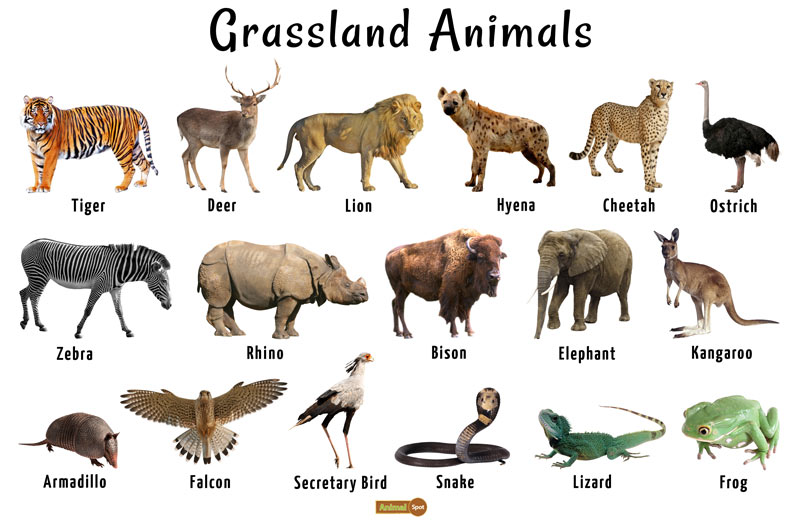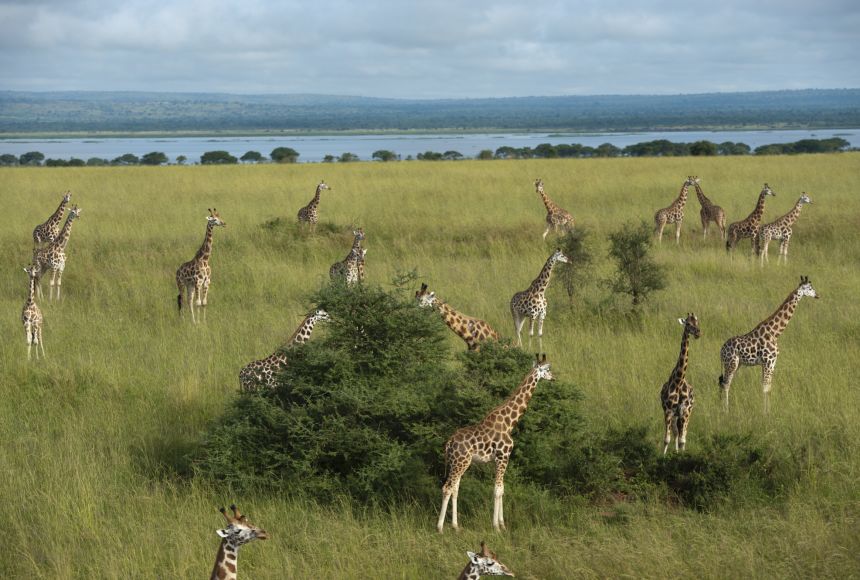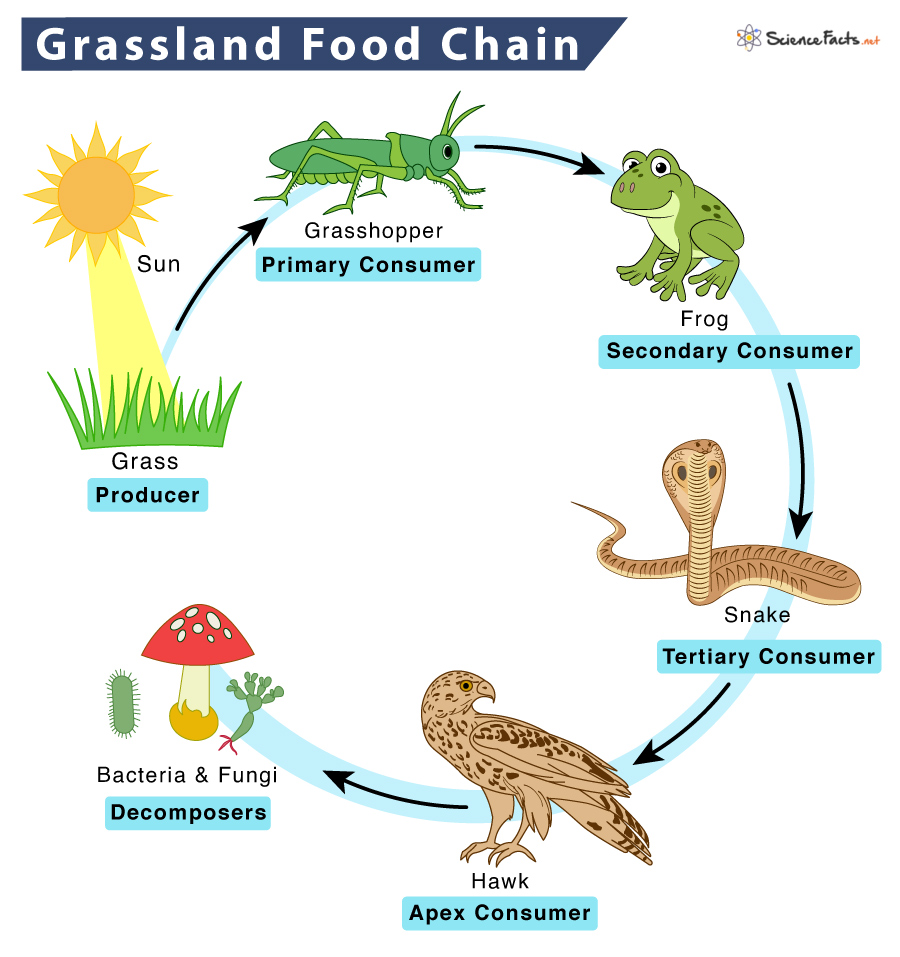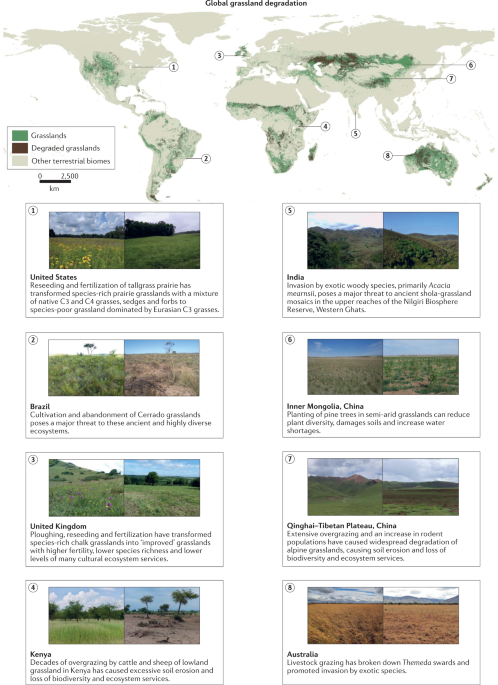Topic abiotic factors of marine ecosystem: Discover the pivotal role of abiotic factors in marine ecosystems, from temperature and salinity to light and nutrients, shaping the diversity and balance of ocean life.
Table of Content
- What are the abiotic factors that influence marine ecosystems?
- Overview of Abiotic Factors in Marine Ecosystems
- Temperature: Influence on Marine Life and Ecosystem Processes
- Salinity: Effects on Marine Organisms and Habitat Distribution
- Light: Penetration Depths and Impact on Photosynthesis
- Oxygen Levels: Variability and Its Importance for Marine Life
- Nutrients: Distribution and Role in Marine Food Webs
- YOUTUBE: Ocean Abiotic Factors
- Water Movement: Currents, Waves, and Tides
- Depth: Pressure Changes and Its Effect on Marine Ecosystems
- pH Levels: Ocean Acidification and Its Effects
- Substrate Type: Influence on Benthic Communities and Habitats
What are the abiotic factors that influence marine ecosystems?
Abiotic factors are non-living components that have a significant influence on marine ecosystems. These factors can include:
- Temperature: The temperature of the water affects the metabolic rates of organisms and their ability to survive and reproduce. Different marine species have different temperature requirements.
- Salinity: Salinity refers to the concentration of salt in the water. It plays a crucial role in the distribution and survival of marine organisms. Some species are more tolerant of high salinity, while others prefer lower salinity environments.
- Depth: The depth of the ocean determines the amount of sunlight that reaches the water. This, in turn, affects the availability of light for photosynthetic organisms and influences the distribution of marine life.
- Light: Light availability is crucial for photosynthetic organisms that depend on sunlight for energy. Different depths and water turbidity affect the amount and quality of light reaching the organisms.
- Nutrients: Nutrient availability in the form of dissolved compounds like nitrogen and phosphorus is essential for the growth and productivity of marine organisms. It influences primary production and the overall ecosystem dynamics.
- Oxygen: Dissolved oxygen levels in the water are crucial for the survival of marine organisms. Adequate oxygen supply is necessary for respiration and other biological processes.
- Currents and water movement: Tidal currents, ocean currents, and water movement play a significant role in maintaining nutrient availability, oxygen distribution, and transporting larvae and other organisms across different areas.
- pH and acidity: The pH and acidity of the water influence the physiology and growth of marine organisms. Changes in pH due to ocean acidification can have detrimental effects on coral reefs and shell-forming organisms.
These abiotic factors interact with each other and shape the composition and distribution of marine species in various ecosystems. They also influence the overall productivity and stability of marine ecosystems.
READ MORE:
Overview of Abiotic Factors in Marine Ecosystems
Marine ecosystems are dynamic environments influenced by a variety of non-living, or abiotic, factors. These elements are crucial in shaping the habitat, availability of resources, and the overall biodiversity of the ocean. Understanding these factors is essential for comprehending the complex interactions within marine ecosystems.
- Temperature: Regulates metabolic rates of marine organisms and affects water density and circulation patterns.
- Salinity: Influences the distribution of marine life by affecting osmoregulation processes.
- Light: Essential for photosynthesis, dictating the depth at which photosynthetic life can exist.
- Oxygen: Vital for aerobic respiration, with concentrations affected by temperature and water movement.
- Nutrients: Necessary for the growth of primary producers, their distribution affects productivity levels.
- Water Movement: Including currents, waves, and tides, shapes ecosystems by influencing temperature, nutrient distribution, and the life cycles of marine organisms.
- Depth: Affects pressure, temperature, and light availability, influencing the types of species that can survive in different zones.
- pH Levels: Ocean acidification impacts calcifying organisms and ecosystem structures.
- Substrate Type: The type of bottom surface (sand, rock, coral, etc.) affects the types of habitats available for benthic organisms.
Together, these abiotic factors create a complex and interconnected system that supports a diverse array of marine life, from the deepest depths of the oceans to the most surface waters.

Temperature: Influence on Marine Life and Ecosystem Processes
Temperature is a critical abiotic factor in marine ecosystems, significantly influencing the biological processes and distribution of marine life. It affects everything from the metabolic rates of organisms to the physical properties of water, playing a pivotal role in the structure and function of marine communities.
- Metabolic Rates: The temperature of the surrounding water impacts the metabolic rates of marine organisms, with warmer temperatures generally increasing metabolic activity.
- Distribution of Species: Temperature gradients in the ocean contribute to the geographical distribution of species, as different organisms have varying temperature tolerances.
- Reproductive Cycles: The breeding and spawning times of many marine species are closely tied to water temperature, affecting their reproductive success.
- Migration Patterns: Seasonal changes in temperature can influence migration patterns, with species moving to find optimal conditions.
- Water Density and Circulation: Temperature affects water density, which in turn influences ocean currents and vertical mixing. These currents play a critical role in transporting nutrients and oxygen, shaping marine ecosystems.
In conclusion, temperature is a fundamental abiotic factor that shapes the ecological dynamics of marine ecosystems. It not only directly influences the life processes of individual organisms but also affects the overall distribution of life and the functioning of marine ecosystems at a global scale.
Salinity: Effects on Marine Organisms and Habitat Distribution
Salinity, or the concentration of salt in water, is a crucial abiotic factor that significantly influences marine ecosystems. Variations in salinity affect the osmotic balance of marine organisms, impacting their survival, distribution, and behavior.
- Osmoregulation: Marine organisms have adapted to maintain their internal salt concentration despite the varying salinity levels of their environment. This osmoregulation process is vital for their survival.
- Species Distribution: Different species have varying salinity tolerances, which determine their habitat preferences. This leads to distinct distributions of species in estuarine, coastal, and open ocean environments based on salinity levels.
- Reproductive Success: Salinity can influence the reproductive cycles of marine species. Some species require specific salinity levels for successful spawning.
- Ecosystem Diversity: Areas with fluctuating salinity levels, such as estuaries, support unique ecosystems. These fluctuations create diverse habitats that support a wide range of species.
- Impact on Physiological Processes: The physiological processes of marine organisms, including growth and development, can be affected by salinity. Organisms must expend energy to combat the stresses caused by salinity changes.
In essence, salinity shapes the living conditions within marine ecosystems, influencing the biological processes of marine organisms and the composition of marine communities. Understanding the effects of salinity is essential for grasping the complex dynamics of marine ecosystems.

Light: Penetration Depths and Impact on Photosynthesis
Light is a fundamental abiotic factor in marine ecosystems, directly influencing photosynthesis and the distribution of life in the ocean. The penetration of light into the water column determines the depth at which photosynthetic processes can occur, shaping the marine food web.
- Photosynthetic Zone: The upper layer of the ocean, where sunlight penetrates, supports the majority of marine photosynthesis. This zone is crucial for the growth of phytoplankton, the primary producers in marine ecosystems.
- Depth of Light Penetration: Light penetration varies with water clarity and is divided into the euphotic, dysphotic, and aphotic zones, each supporting different types of life based on the availability of light.
- Influence on Ecosystem Productivity: Areas with higher light availability tend to have higher primary productivity, supporting diverse marine life and influencing food web dynamics.
- Adaptations to Low Light: Organisms living in deeper waters have evolved various adaptations to low light conditions, including bioluminescence and enhanced visual sensitivity.
- Seasonal and Geographic Variations: Seasonal and geographic differences in sunlight affect photosynthetic activity and ecosystem productivity, influencing migration patterns and breeding cycles of marine organisms.
Thus, light not only powers photosynthesis, the base of the marine food web, but also influences the behavior, distribution, and evolution of marine organisms across different depths and regions of the ocean.
Oxygen Levels: Variability and Its Importance for Marine Life
Oxygen is a vital abiotic factor in marine ecosystems, essential for the survival of most marine organisms. The concentration of dissolved oxygen in water varies with temperature, salinity, and depth, influencing the distribution and behavior of marine life.
- Oxygen Solubility: Colder water holds more oxygen than warm water. Therefore, temperature variations can lead to significant differences in oxygen levels across different parts of the ocean.
- Photosynthesis and Respiration: Oxygen levels fluctuate with photosynthetic activity, which increases oxygen during the day, and respiration, which consumes oxygen at night.
- Impact on Aquatic Life: High levels of oxygen support diverse and abundant marine life, while low oxygen areas, or hypoxic zones, can lead to "dead zones" where few organisms can survive.
- Depth and Oxygen Levels: Oxygen levels typically decrease with depth, with the deepest parts of the ocean being oxygen-poor due to limited mixing and the absence of photosynthesis.
- Adaptations to Oxygen Variability: Marine organisms have evolved various adaptations to cope with different oxygen levels, including changes in behavior, physiology, and morphology.
Understanding the variability and importance of oxygen in marine ecosystems is crucial for assessing the health and productivity of these environments, as well as the diversity of life they support.

Nutrients: Distribution and Role in Marine Food Webs
Nutrients such as nitrogen, phosphorus, and iron are fundamental abiotic factors in marine ecosystems, playing a critical role in the productivity and health of marine food webs. The availability and distribution of these nutrients influence the growth of phytoplankton, the primary producers, which form the basis of the marine food chain.
- Sources of Nutrients: Nutrients enter marine ecosystems through river runoff, atmospheric deposition, and upwelling of nutrient-rich deep waters.
- Upwelling Zones: Areas of upwelling are particularly productive, as cold, nutrient-rich waters are brought to the surface, supporting high concentrations of phytoplankton and, consequently, a diverse array of marine life.
- Nutrient Limitation: In many parts of the ocean, the growth of phytoplankton is limited by the availability of certain nutrients, which can vary seasonally and regionally.
- Role in Food Webs: Nutrients support the growth of primary producers, which are consumed by zooplankton, small fish, and eventually larger predators, thus supporting the entire marine food web.
- Eutrophication: Excessive nutrient inputs from human activities can lead to eutrophication, causing harmful algal blooms and dead zones where oxygen levels are too low to support most marine life.
Therefore, understanding the distribution and role of nutrients is essential for studying marine productivity, ecosystem health, and the impacts of human activities on marine environments.
Ocean Abiotic Factors
Dive into the mesmerizing world of the marine ecosystem, where vibrant corals, agile fish and majestic creatures await. Discover the beauty and fragility of this underwater paradise through a captivating video that showcases the breathtaking diversity of life beneath the waves.
GCSE Biology - Biotic and Abiotic Factors
Unlock the secrets of nature\'s delicate balance as you explore the intricate relationship between biotic and abiotic factors. Delve into a fascinating video that sheds light on how living organisms interact with their environment, shaping ecosystems and creating a harmonious interplay between species and their surroundings.
Water Movement: Currents, Waves, and Tides
Water movement, encompassing currents, waves, and tides, plays a crucial role in marine ecosystems, influencing the distribution of nutrients, temperature, and marine organisms. These dynamic forces affect both the physical environment and biological processes within the ocean.
- Ocean Currents: Driven by wind, temperature, salinity gradients, and the rotation of the Earth, currents circulate water globally, redistributing heat, nutrients, and organisms, thus influencing climate and marine biodiversity.
- Waves: Generated by the wind, waves shape coastal habitats, influence sediment distribution, and affect the light penetration crucial for photosynthetic life forms in shallow waters.
- Tides: Caused by the gravitational pull of the moon and sun, tides create dynamic environments in coastal areas, affecting the distribution of organisms and the accessibility of habitats for marine life and predators.
- Upwelling and Downwelling: These processes occur when winds cause surface waters to move away from or towards the coast, respectively, bringing nutrient-rich water to the surface or pushing surface water down, affecting local ecosystems" productivity and food webs.
- Impact on Marine Life: Water movement influences migration patterns, feeding behaviors, and reproductive strategies of marine organisms, facilitating the dispersal of larvae and the connectivity of marine populations.
Understanding the complexities of water movement is essential for comprehending how marine ecosystems function and the interdependence of physical and biological processes in the ocean.
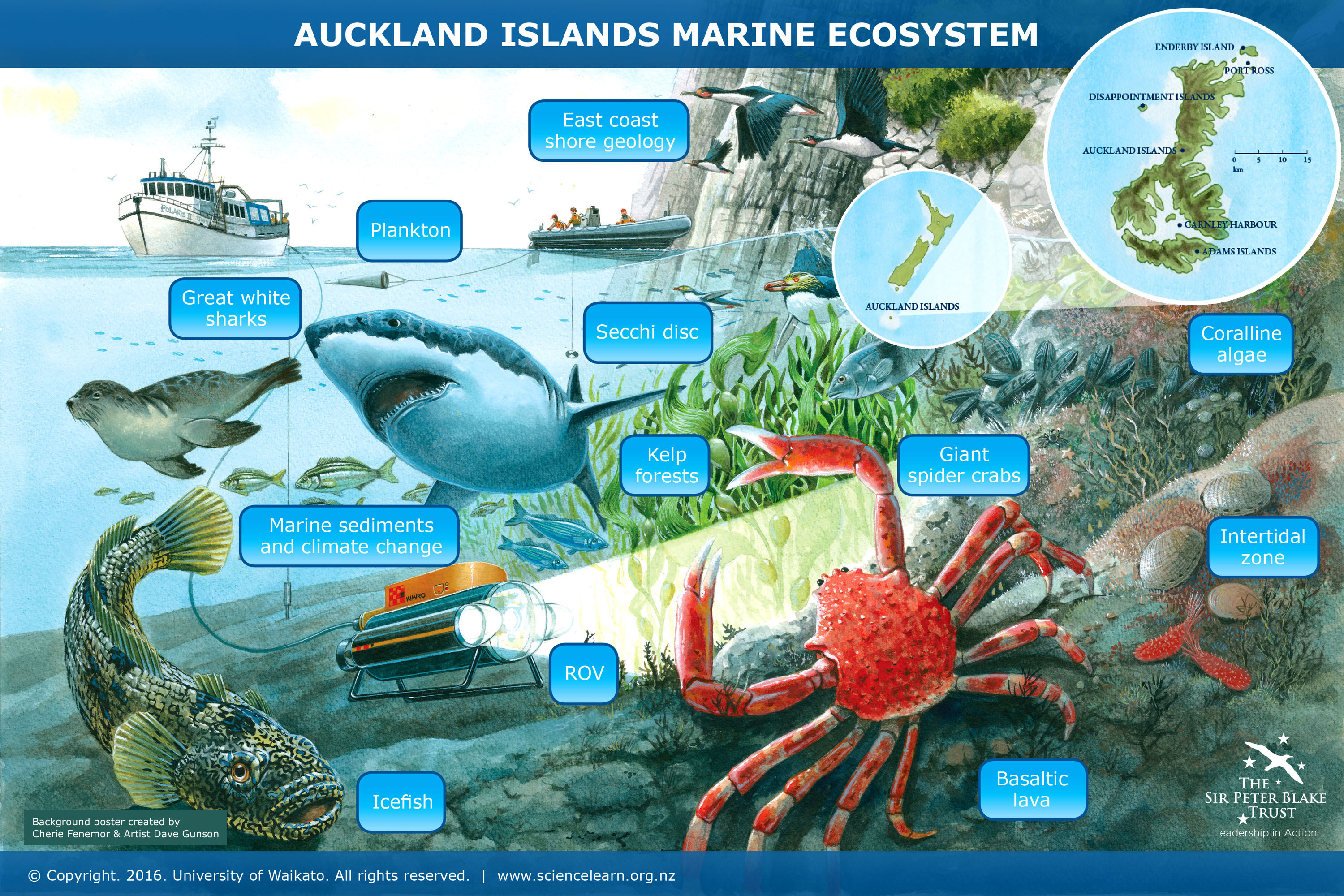
Depth: Pressure Changes and Its Effect on Marine Ecosystems
Depth plays a significant role in shaping marine ecosystems, primarily through the effects of pressure changes. As depth increases, the pressure exerted by the weight of the overlying water column increases significantly, affecting the physical, chemical, and biological properties of the marine environment.
- Physical Adaptations of Marine Life: Organisms living at great depths have evolved unique adaptations to survive high-pressure conditions, including specialized body structures and biochemistry to maintain cellular integrity.
- Chemical Reactions: Pressure changes with depth can alter chemical reactions in seawater and within organisms, affecting nutrient solubility and the availability of gases like oxygen and carbon dioxide.
- Bioluminescence: Many deep-sea organisms produce bioluminescence as a means of communication, predation, or defense, a trait that is particularly prevalent in the absence of sunlight.
- Depth Zonation: Marine ecosystems are stratified into zones based on depth, each supporting different communities adapted to the specific conditions of pressure, temperature, and light availability.
- Impact on Distribution of Life: The extreme conditions of the deep sea limit the types of organisms that can survive there, leading to unique ecosystems such as hydrothermal vent communities that rely on chemosynthesis rather than photosynthesis.
The influence of depth and pressure changes on marine ecosystems highlights the remarkable adaptability of marine life and the complexity of oceanic habitats, ranging from shallow sunlit waters to the deepest, darkest regions of the ocean floor.
pH Levels: Ocean Acidification and Its Effects
Ocean acidification, a significant environmental concern, results from the ocean"s absorption of carbon dioxide (CO2) from the atmosphere. Since the Industrial Revolution, the increase in CO2 due to human activities has led to a decrease in the pH of seawater, indicating higher acidity. This process has accelerated in recent years, with the rate of acidification being faster than at any time in the last 650,000 years. The absorption of CO2 by the oceans changes seawater chemistry, reducing the availability of carbonate ions needed by many marine organisms to build and maintain calcium carbonate structures such as shells and skeletons.
The effects of ocean acidification on marine ecosystems are profound and varied. Calcifying organisms, such as corals, mollusks, and some plankton, struggle to produce their calcium carbonate shells and skeletons in more acidic conditions. This can lead to weakened coral reefs, which are vital to marine biodiversity and human economies. Changes in the availability of prey for larger marine animals and alterations in food webs can have cascading effects throughout marine ecosystems. Some species may exhibit slower growth, deformed shells, and increased vulnerability to predators, while others, like certain types of jellyfish, may thrive.
Furthermore, ocean acidification impacts the behavior and physiological processes of marine life. For example, it can alter the sensory abilities of fish, leading to increased risk-taking behaviors that decrease their survival rates. The combined stressors of increased acidity and rising ocean temperatures can exacerbate the impacts on marine species and ecosystems.
Humans are not insulated from the effects of ocean acidification. It threatens the food webs that support commercial fisheries, affecting food security and economic stability for communities reliant on marine resources. Acidification can also impair ecosystem services such as coastal protection provided by coral reefs and the cultural practices of indigenous peoples who depend on marine resources.
To mitigate the impacts of ocean acidification, it is essential to reduce CO2 emissions and improve the resilience of marine ecosystems through conservation and sustainable management practices. Understanding and addressing the complex challenges posed by ocean acidification are crucial for the health of marine life and the well-being of human communities connected to the ocean.

READ MORE:
Substrate Type: Influence on Benthic Communities and Habitats
The type of substrate in marine ecosystems plays a pivotal role in shaping the composition and distribution of benthic communities. Substrates, such as sand, mud, rock, and coral reefs, provide essential habitats for a myriad of organisms, from microscopic bacteria to large marine animals. The nature of the substrate affects the availability of nutrients, the level of oxygenation, and the physical stability of the habitat, thereby influencing the types of species that can thrive in these environments.
- Sandy Substrates: Characterized by their dynamic nature, sandy environments are often home to burrowing organisms such as clams and worms. The constant movement of sand particles, influenced by currents and waves, requires adaptations for stabilization and feeding.
- Muddy Substrates: Rich in organic material, muddy bottoms support a diverse array of life, including bacteria, worms, and benthic feeders. These substrates are typically found in areas with lower energy environments, such as estuaries and bays, where fine particles can settle without being constantly stirred up.
- Rocky Substrates: Offering stability and a complex structure, rocky substrates harbor a variety of sessile organisms, including barnacles, mussels, and anemones. The crevices and cracks provide refuge from predators and strong currents, making them ideal for juvenile stages of many species.
- Coral Reefs: As living substrates, coral reefs provide a three-dimensional habitat that supports a high diversity of marine life. The intricate structures built by coral polyps facilitate the development of complex food webs, from plankton to top predators.
Each type of substrate contributes uniquely to the marine ecosystem, influencing the distribution and abundance of benthic organisms. The interaction between the substrate type and other abiotic factors such as light, temperature, and salinity further shapes the characteristics of marine habitats, making each unique in its biodiversity and ecological functions.
Explore the intricate balance of abiotic factors in marine ecosystems and their profound impact on biodiversity and sustainability. Dive into our comprehensive guide to understand how these fundamental elements shape the life beneath the waves.

